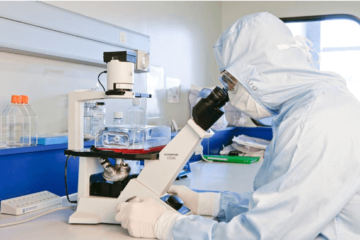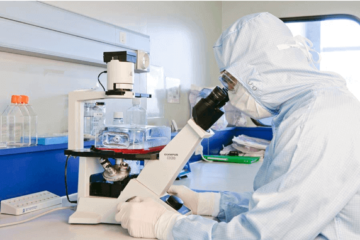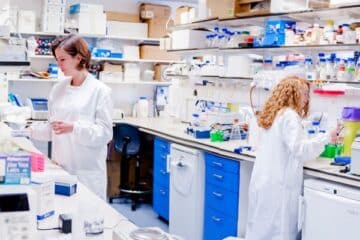New Frontiers in Cardiomyopathy Management with Stem Cells
**Excerpt:**
Advances in stem cell research open new avenues for cardiomyopathy management. This article analyzes the potential of stem cell therapies, highlighting their mechanisms of action, clinical applications, and future directions.










